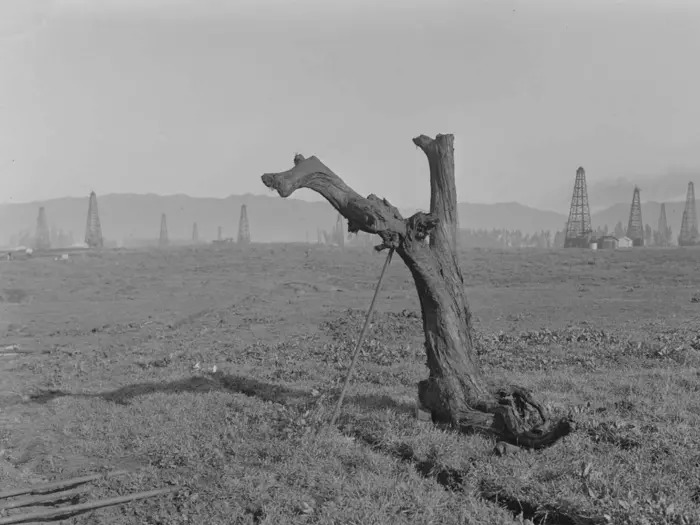China Displays Advanced H-6K Bombers Near Taiwan in Rare Public Show Before Xi-Trump Summit
- MM24 News Desk
- Nov 1
- 4 min read

China's Eastern Theatre Command conducted high-profile drills with H-6K bombers near Taiwan ahead of President Xi Jinping's expected meeting with US President Donald Trump in South Korea. The bombers, capable of striking targets at over 8,000 kilometers with YJ-21 hypersonic "carrier killer" missiles, flew eight sorties to Taiwan's southwest on Thursday – the highest number from a single direction in three months.
Beijing has staged a rare high-profile display of its bombers during drills near Taiwan – a clear signal to potential external parties – ahead of an expected summit between President Xi Jinping and US President Donald Trump in South Korea this week.
Several H-6K bombers – one of the most advanced variants of the People's Liberation Army's H-6 family – recently carried out simulated confrontation drills over air and sea areas surrounding Taiwan, according to a programme broadcast by state-run broadcaster CCTV on Sunday, reported SCMP.
The training was conducted by the PLA's Eastern Theatre Command, which oversees operations around Taiwan and the East China Sea, and aimed to test abilities in reconnaissance and early warning operations, air blockades and precision strikes, the report said.
"From above the clouds, Taiwan's coastline is clearly visible," Yao Miling of the mainland command's air force was quoted as saying in the report while pledging to "defend the country's sovereignty and territorial integrity through our actions."
The footage then showed the bombers dropping missiles on ground targets.
While the H-6K bombers had previously been deployed around the island, a public display of several H-6s conducting drills near the island is rare and has drawn attention from Taipei.
On Friday, Taiwan's defence ministry reported detecting eight sorties by PLA bombers operating to the island's southwest on Thursday – the highest number the island has detected from a single direction in the past three months. It is not clear whether the "recent" bomber drills aired by CCTV are related to those sorties, according to SCMP.
Taiwan's defence ministry said on Monday that the CCTV report was "clearly a public opinion operation aimed at intimidation." It called on citizens to remain united in the face of such "cognitive operations."
However, the show of H-6 bombers, which can carry anti-ship missiles against high-value maritime targets such as aircraft carriers, may be aimed at external powers rather than Taiwan itself, a mainland expert suggested.
"Its main role is deterrence against external powers," said Fu Qianshao, a mainland military analyst, adding that the bomber was capable of striking critical maritime targets, such as carrier groups, as well as land targets in Taiwan and US bases such as Guam.
The H-6K is designed for long-range attacks with an estimated maximum range of over 8,000 kilometers (4,970 miles) and a combat radius of about 3,500 kilometers, capable of striking targets in the second island chain, which stretches from the islands south of Japan and takes in Guam.
It has improved missile capacity compared with previous H-6 variants, can carry a wide variety of munitions, including the KD-20 land attack missile – also known as the CJ-20 – the YJ-12 supersonic anti-ship missile, as well as the YJ-21 hypersonic missile, nicknamed the "carrier killer."
Beijing sees Taiwan as part of China to be reunited by force if necessary. Most countries, including the US, do not recognize Taiwan as an independent state, but Washington is opposed to any attempt to take the self-governed island by force and is committed to supplying it with weapons.
In a proposal for the next five-year plan, which was endorsed at a Communist Party conclave last week, the party highlighted opposition to foreign interference in Taiwan. "[We must] resolutely strike 'Taiwan independence' forces, oppose intervention by external forces, and maintain peace and stability in the Taiwan Strait," the document said.
The release of the H-6K footage came days before a meeting between Xi and Trump on the sidelines of the Asia-Pacific Economic Cooperation (APEC) summit in Busan, South Korea, according to the White House. It will be their first face-to-face meeting since Trump's return to office in January.
The Taiwan issue – which Beijing regards as a core national interest – is expected to be among the focal points of their discussions, alongside trade and tariff issues. Beijing has repeatedly emphasized its reunification goal and warned against what it calls "external interference" in the matter.
On Saturday, US Secretary of State Marco Rubio rejected the idea of abandoning Taiwan as part of a trade deal with Beijing. "If what people are worried about is we're going to get some trade deal or we're going to get favorable treatment on trade in exchange for walking away from Taiwan, no one is contemplating that," he said.
The timing of the CCTV broadcast of the training footage also came a day after a grand mainland gathering on Saturday to mark the first commemoration day of Taiwan's restoration to Chinese rule 80 years ago.
As well as near-daily patrols around Taiwan, Beijing has conducted at least three large-scale military exercises near the island since Taiwanese leader William Lai Ching-te, who Beijing has called a "separatist," took office in May last year.
The strategic timing of this bomber display – positioned between Taiwan's commemoration and the upcoming Xi-Trump summit – suggests Beijing is sending messages on multiple levels. While Taipei interprets it as intimidation, mainland analysts like Fu Qianshao emphasize the signal directed toward Washington and its potential military involvement in any Taiwan scenario.
The H-6K's capabilities make it a credible threat to US carrier strike groups that might intervene in a Taiwan contingency. With the YJ-21 hypersonic missile, the bomber can engage naval targets from standoff distances, complicating American intervention calculations.
Whether this display influences the Xi-Trump discussions in South Korea remains to be seen. But Beijing clearly wants both Washington and Taipei understanding its military capabilities before those conversations begin.



Comments